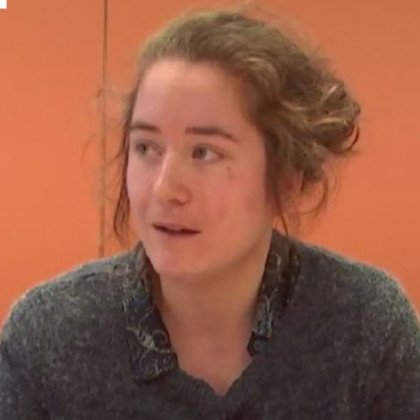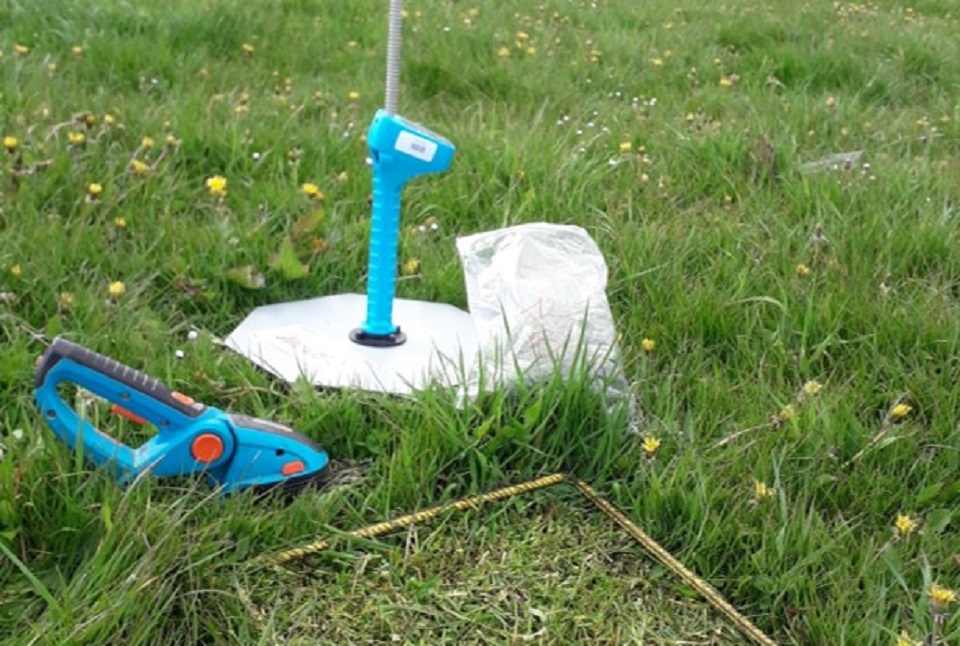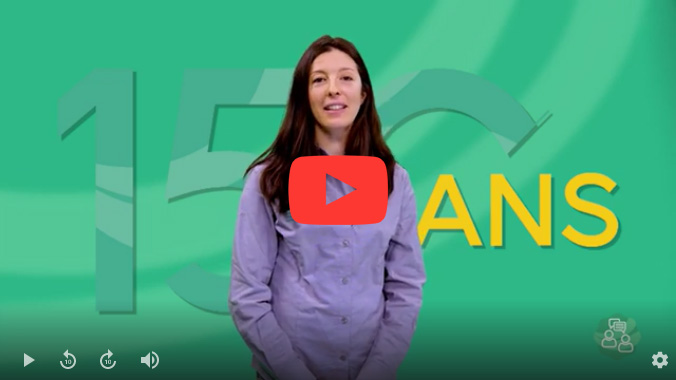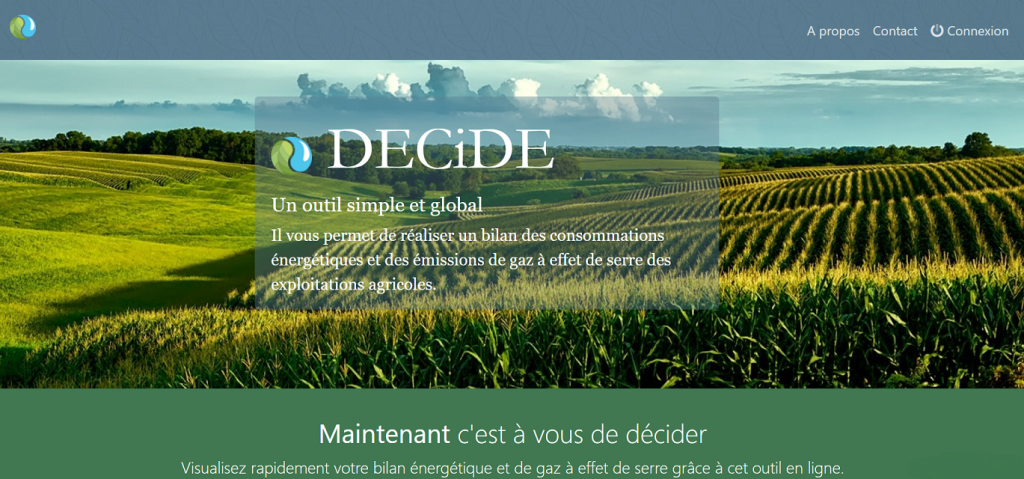If carried out appropriately, grazing remains the most effective means of reducing feed costs in livestock farming. Ensuring the optimum balance between the needs of the animals and the supply of grass requires good technical skills.
By regularly measuring the height of grass in the plots, its growth and the available stock can be assessed, thus enabling farmers to plan grazing more effectively. Various tools exist, including the platemeter, which measures the height of compressed grass taking into account the density of vegetation cover, and indicates the available biomass.
Several approaches using the herbometer are currently underway at the CRA-W. First of all, calibrations specific to Wallonia are being developed to improve the prediction of available biomass from grass height measurements. These calibrations are based on new references of density measured on several sites in Wallonia. This intervention, carried out as a collaboration with the Fourrages-Mieux non-profit association, will be continued over the next few years.
Additionally, grazing monitored by three dairy producers equipped with a connected platemeter has made it possible to gather feedback on this device. For these farmers, the platemeter is a precise device, easy to use and highly beneficial in a rotational grazing system. It facilitates the decision relating to a change of plot or mowing.
Finally, the results of an online enquiry (involving 61 dairy farmers) showed that although the platemeter is not widely used in Wallonia, it is the most relevant device in their opinion. The adoption of Decision Support Tools (DST) is generally hindered by cost, workload and lack of training or guidance.
To encourage the adoption of these grazing DSTs in Wallonia, Focus Groups will soon be held with dairy producers (3 March) and agricultural advisers (11 March). If you are interested, please do not hesitate to contact us!
Funding:
CRA-W Moerman Fund, EFFORT project.









